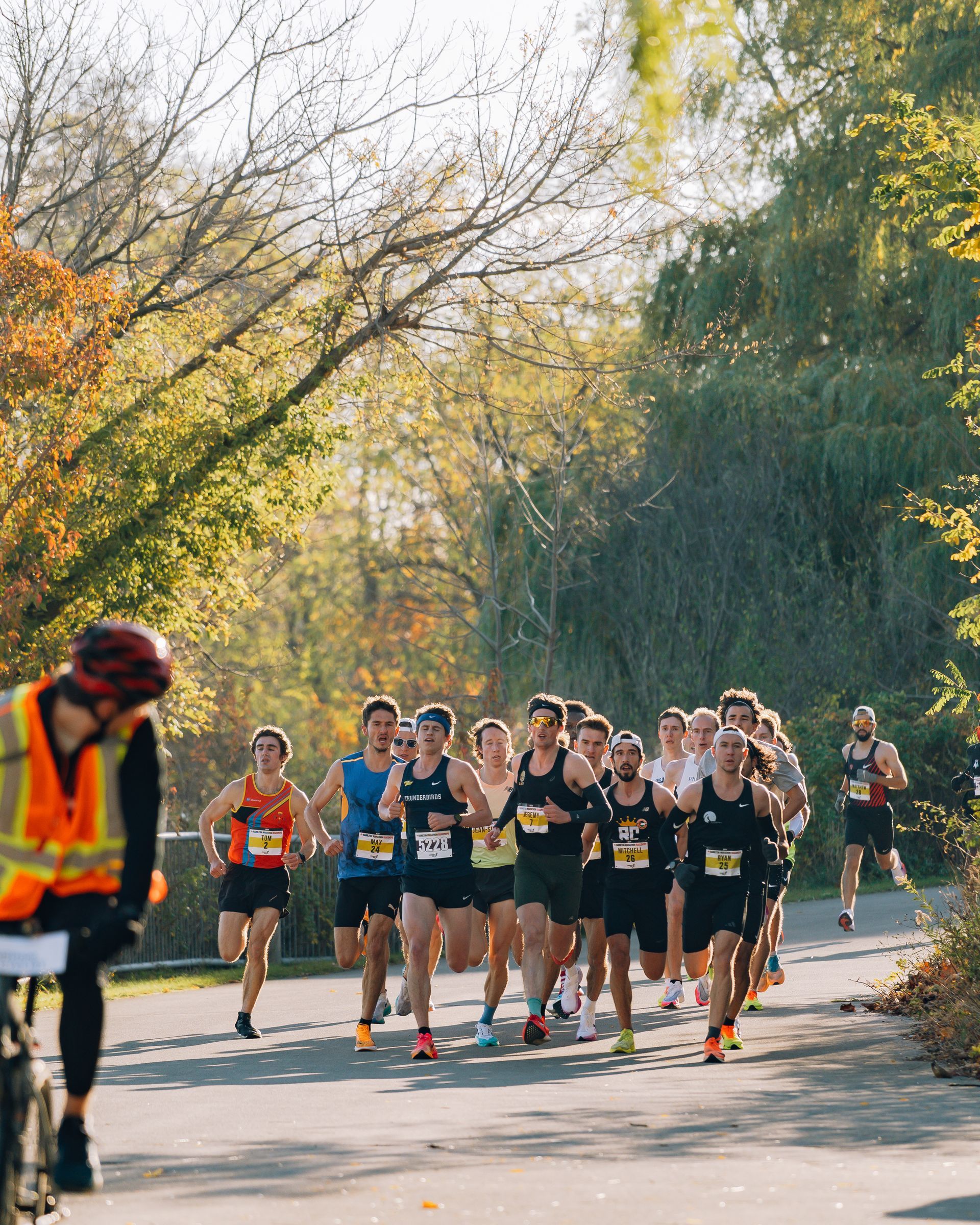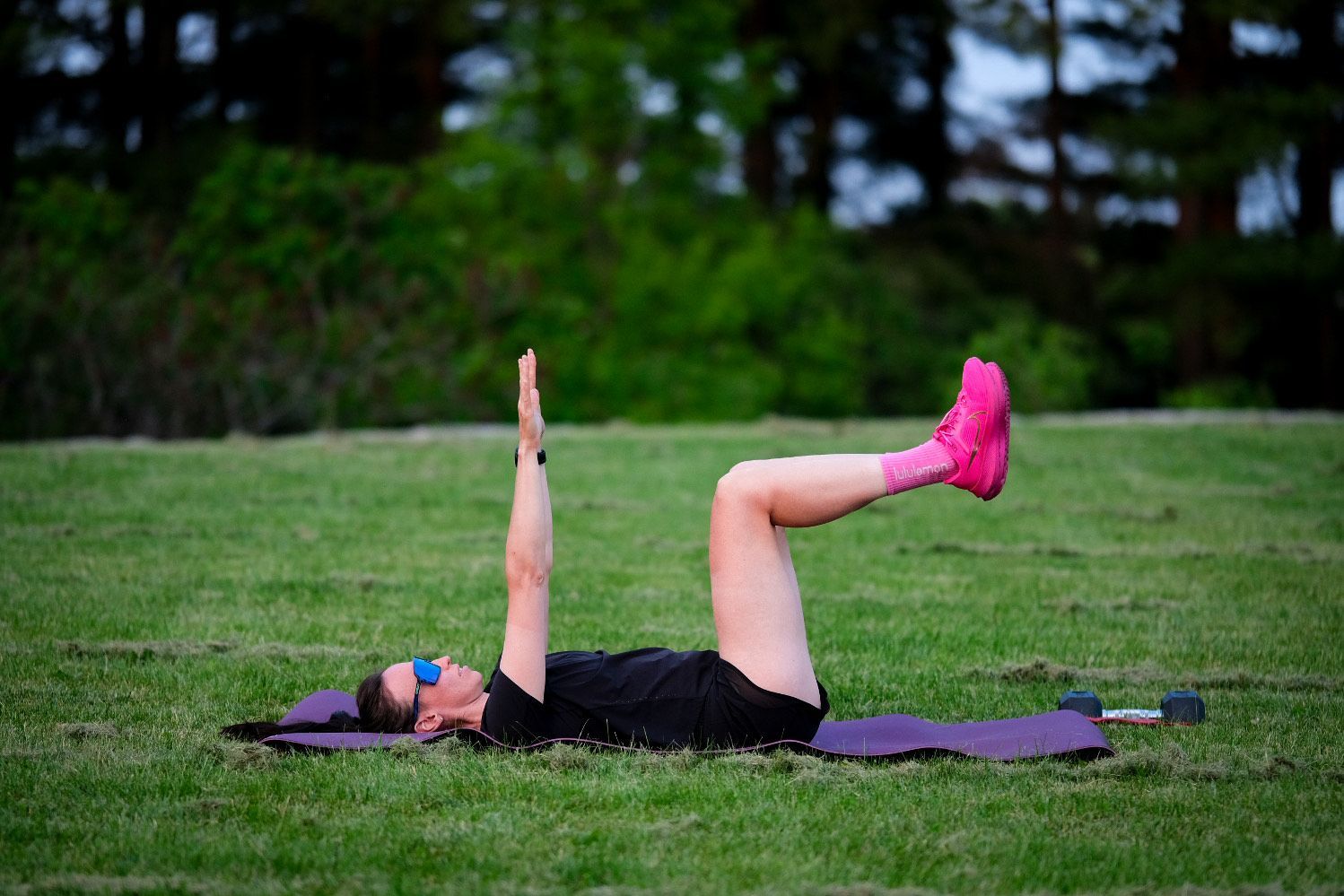Hill Training for Runners: Best Trail Running Routes in and Around Hamilton
Hill Training for Runners: Best Trail Running Routes in and Around Hamilton Ontario
Hamilton, Ontario, affectionately known as the City of Waterfalls, is a runner’s paradise for hill training. With its unique escarpment geography, Hamilton offers a variety of routes that challenge your legs, lungs, and mental endurance. Whether you’re training for the Sulphur Springs Trail Race or simply looking to elevate your fitness, hill running can be your secret weapon.
But hill training is not just about pounding the surface. Pairing it with focused strengthening and mobility exercises, like those at Propel Active Health & Lifestyle’s “ Propelled Runner Strength & Conditioning Program ”, can amplify your results and reduce the risk of injury. Here’s how you can conquer Hamilton’s hills and become a more efficient runner.
Why Hill Training?
Hill running provides numerous benefits:
- Strength Building: Running uphill engages your glutes, hamstrings, quads, and calves.
- Increased Efficiency: Strengthened muscles improve running economy on flat terrain as well.
- Mental Toughness: Tackling steep inclines trains your mind to push through challenges.
- Cardio Boost: It enhances your aerobic and anaerobic capacity.
Hamilton’s landscape makes it the ideal training ground, offering everything from gradual inclines to lung-busting climbs.
Best Hilly Routes in Hamilton Ontario:
1.
Chedoke Radial Trail
- A mix of gradual inclines and short, steep sections.
- Bonus: Access to the Chedoke Stairs for extra stair climbing challenges.
2. Dundurn Stairs and Harvey Park Trail
- Incorporate the 326 steps of Dundurn Stairs into your run for a killer workout.
- The adjacent Harvey Park Trail offers rolling hills for variety.
3. Albion Falls to Red Hill Valley
- Scenic and challenging, with a mix of dirt trails and steep climbs.
4. Bayfront Park to Princess Point
- Add the incline at York Boulevard to this otherwise flat route for hill intervals.
5. Hamilton to Brantford Rail Trail
- Gradual but sustained climb from Hamilton to Ancaster or all the way to Brantford, perfect for endurance building.
Maximizing Your Hill Training with Strength & Conditioning for Runners
Adding hills to your running routine is transformative, but it also demands a strong foundation. That’s where the Propelled Runner 8-week Strength & Conditioning Program comes in. The program focuses on:
- Strengthening Core and Lower Body
- Targeted exercises like lunges, step-ups, and single-leg deadlifts build the power you need for climbs.
- Mobility Work
- Improved flexibility and joint mobility make running up and down hills smoother and safer.
- Climbing-Specific Drills
- Mimic hill running with resisted exercises that train your muscles for sustained effort.
By integrating these exercises into your training, you’ll tackle Hamilton’s hilly routes with more power, efficiency, and confidence.
Sample Hill Workout in Hamilton: Chedoke Radial Trail:
1. Warm-Up (10 Minutes)
- Easy run along the flat sections of the Chedoke Radial Trail.
2. Hill Repeats
- Choose a steep section and run hard uphill for 45 seconds.
- Walk or jog back down for recovery. Repeat 6–8 times.
3. Stairs (Optional)
- Climb the Chedoke or Dundurn Stairs 3–5 times, focusing on steady effort.
4. Cool Down (10 Minutes)
- Easy jog back to your starting point, followed by stretching.
Tips for Hill Training Success
- Focus on Form: Keep your chest up, shorten your stride, and drive your arms.
- Pace Yourself: Start conservatively and increase effort as you gain strength.
- Rest and Recover: Allow your muscles time to rebuild after hard hill sessions.
Ready to Conquer Hamilton’s Hills?
Hill training is one of the best ways to level up your running, and Hamilton provides the perfect playground to test your limits. With the right mix of strength training, mobility work, and consistent practice, you’ll find yourself powering up inclines with ease and confidence.
Need help becoming a stronger runner? Want to tackle hills with a smile?
Book a free consultation, so we can discuss what needs to be done to make you a better, and stronger runner!



